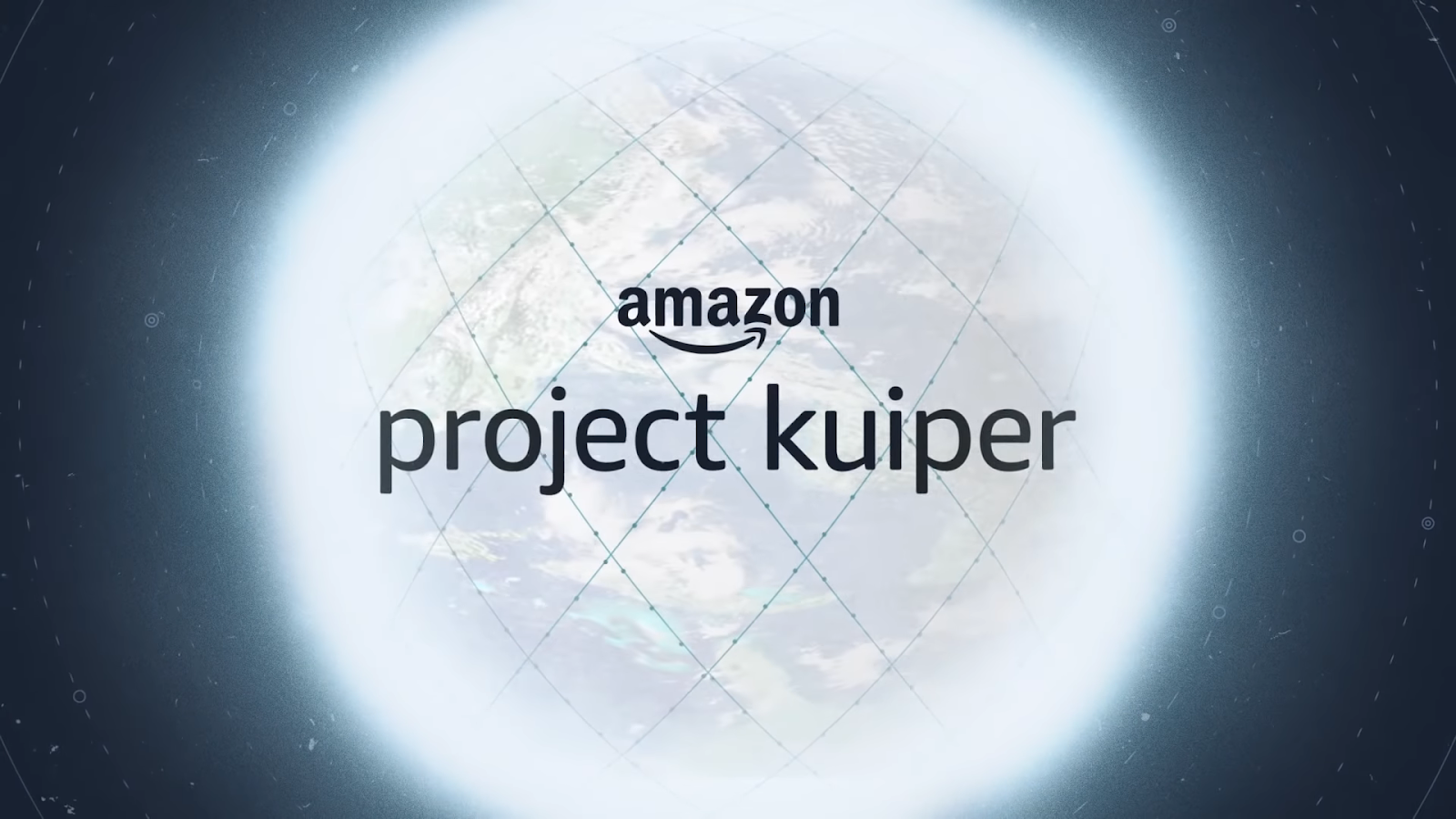Introduction:
In a bold move that promises to revolutionize global connectivity, Amazon has set its sights on the stars with Project Kuiper. As the brainchild of the e-commerce giant's ambitious plans, Project Kuiper aims to deploy a constellation of low Earth orbit (LEO) satellites to provide high-speed, low-latency broadband internet to underserved and remote areas around the world.
The Vision:
At the core of Project Kuiper is the vision to bridge the digital divide by bringing internet access to areas where traditional infrastructure falls short. With approximately half of the world's population still lacking reliable internet connectivity, Amazon sees an opportunity to make a significant impact on people's lives, from rural communities to developing nations.
Key Objectives:
Global Connectivity: Project Kuiper intends to provide high-speed, low-latency broadband internet coverage to unserved and underserved communities globally. By leveraging a constellation of satellites, Amazon aims to offer a seamless internet experience, regardless of geographic location.
Advanced Technology: The satellites used in Project Kuiper will orbit the Earth at a relatively low altitude, allowing for faster data transmission and reduced latency. This advanced technology promises to deliver internet services comparable to or better than traditional terrestrial networks.
Affordability and Accessibility: Amazon is committed to making Project Kuiper an affordable and accessible solution for a wide range of users. By focusing on cost-effective satellite manufacturing and deployment, the project aims to provide competitive pricing for both consumers and businesses.
Competition with Existing Players: Project Kuiper enters a competitive space with existing satellite internet providers, such as SpaceX's Starlink and OneWeb. Amazon's venture aims to carve its niche by offering a robust and reliable network, fostering healthy competition that could drive innovation and improve services across the industry.
Challenges and Solutions:
Regulatory Hurdles: Satellite deployment is subject to rigorous regulatory approvals. Amazon is actively engaging with regulatory bodies to ensure compliance and address any concerns regarding the impact of Project Kuiper on space debris and frequency interference.
Technological Advancements: Developing and maintaining a vast satellite constellation requires cutting-edge technology. Amazon is investing heavily in research and development to ensure the reliability, efficiency, and longevity of the Project Kuiper satellites.
Environmental Impact: Concerns about the environmental impact of satellite constellations have been raised. Amazon has committed to sustainable practices in satellite manufacturing, launch, and end-of-life disposal to minimize any adverse effects on the environment.
Conclusion:
Project Kuiper represents Amazon's commitment to pushing the boundaries of innovation and making a meaningful impact on global connectivity. By venturing into space to provide internet access, Amazon is not only aiming to boost its e-commerce business but also addressing a fundamental challenge faced by millions of people worldwide. As the project progresses, the world will be watching to see how Project Kuiper shapes the future of internet connectivity and contributes to a more connected and inclusive digital world.


Comments
Post a Comment